On the 40th anniversary of the first Shabbos farbrengen in Toras Menachem containing footnotes, Anash.org interviewed Rabbi Yisroel Shimon Kalmenson for the intriguing story of how it all began.
By Anash.org reporter
This past Shabbos, Shabbos Ki Sisa, marks 40 years from the first Shabbos farbrengen in Toras Menachem that includes footnotes with the sources of all the pesukim, and maamorei chazal quoted. Until that farbrengen, the information was largely unsourced, aside from basic sources that were needed to add context and meaning to the sichos.
We sat down with Rabbi Yisroel Shimon Kalmenson, the one responsible for sourcing the footnotes for the past 40 years, to hear the intriguing story of how he began his work. But first, he turns to the story of Vaad Hanachos B’LaHaK.
“The Rebbe always farbrenged in Yiddish, and therefore, chassidim wrote the writeups of the sichos in Yiddish,” explained Rabbi Kalmenson. “After Shabbos, the Yiddish writeups by Vaad Hanochos Hatmimim were sent to chassidim and communities across the world who were eagerly waiting to learn and share what the Rebbe farbrenged about that Shabbos.”
However, the communities in Eretz Yisroel, Europe, and South America, who primarily spoke in Hebrew, struggled with understanding the Yiddish writings. A solution was needed to make the Rebbe’s teachings available far and wide.
“On Yud Aleph Nissan of ‘Mem Alef’ (5741-1981), Rabbi Dovid Feldman established a new organization, Vaad Hanachos B’LaHak, to cater to the many Hebrew-speaking Chassidim and mekuravim,” says Rabbi Kalmenson. “He would write up the sichos after each farbrengen and then would give out a hanacha, a writeup of the farbrengen in Lashon Kodesh, to send out across the world.
“At the time, there was no one working on finding the sources of the Rebbe’s quotes. Rabbi Feldman would rush to write up the farbrengen and edit it by Monday or Tuesday, so it could be printed and sent with El Al to Eretz Yisroel. There, it would be copied and distributed with enough time for people to learn it before the next Shabbos came and the process started again.”
During that time, Rabbi Kalmenson came to America from France. He would help Rabbi Feldman to find cryptic lines the Rebbe referenced and source them so that he could understand the context and write it clearly.
In Adar 5744, Rabbi Pinchas Menachem Alter, who would later become the Gerrer Rebbe, came for a yechidus with the Rebbe which lasted for a long while. The Vaad Hanachos B’LaHaK wanted to do a writeup of the yechidus and publish it. Since at that time there wasn’t a farbrengen every Shabbos, and there was time to do a different publication that week. But since a yechidus is a private thing, Rabbi Feldman sent it to the Rebbe to ask if he had permission to print it and publicize it.
“Because the yechidus was with such a gaon,” shares Rabbi Kalmenson, “there were many sources referenced in the meeting that needed more clarification. I added all the context from the various sources and added the source in parenthesis near the information I was clarifying.
“The Rebbe sent the manuscript back with edits, which was a big surprise, and made two points: Firstly, we must also get permission from the R’ Alter, as it was his conversation as well. Secondly, we should place all the sources properly in footnotes at the bottom of the page.”
The Rebbe then circled every single source referenced in parenthesis and drew an arrow to the side of the page where he wrote to place it in footnotes, so that the message was loud and clear. You can see the edits in the attached photos.
In general, the Rebbe was always very passionate about properly sourcing information. When the Rebbe prepared the maamorim of the Frierdiker Rebbe for Kehos for print, the Rebbe added all the sources in footnotes. Some chassidim of the Frierdiker Rebbe felt it was disrespectful to add anything to the Frierdiker Rebbe’s Torah, but the Rebbe insisted on it.
Oftentimes, when someone brought a sefer to the Rebbe for the Rebbe to look over, the Rebbe commented that it was a shame that they didn’t add sources since that would add interest to those learning it. Every sicha that the Rebbe edited, needed to have the sources properly researched and attached.
“The next Shabbos farbrengen after this story with the yechidus,” continues Rabbi Kalmenson, “was Shabbos Parshas Ki Sisa 5744 – exactly forty years ago. For that farbrengen, we invested the time and noted every source the Rebbe mentioned throughout the farbrengen. That’s when I started working full time on each farbrengen, finding and quoting the proper sources for the references and footnoting them at the bottom.
“If you look at Hisvaaduyos of Toras Menachem, you can see the difference in the Shabbosim before and after. Every Shabbos farbrengen before Ki Sisa has the basic references sourced in parenthesis in the middle of the text, but from Parshas Ki Sisa of 5744 and on, every farbrengen has proper sources footnoted on every page throughout.”
When Rabbi Feldman and Rabbi Kalmenson finished putting together the farbrengen of Shabbos Ki Sisa, they handed it in to the Rebbe with a note saying that from then on the publication would include footnotes. They told the Rebbe’s secretary that it was because that’s what they understood from the notes on the yechidus writeup.
When the Rebbe received it from the mazkir, he asked, “Vos mitamol? Why all of a sudden?” The mazkir replied that they understood from the notes on the yechidus.
To that, the Rebbe smiled and said, “A gleicheh zach – a proper thing…”
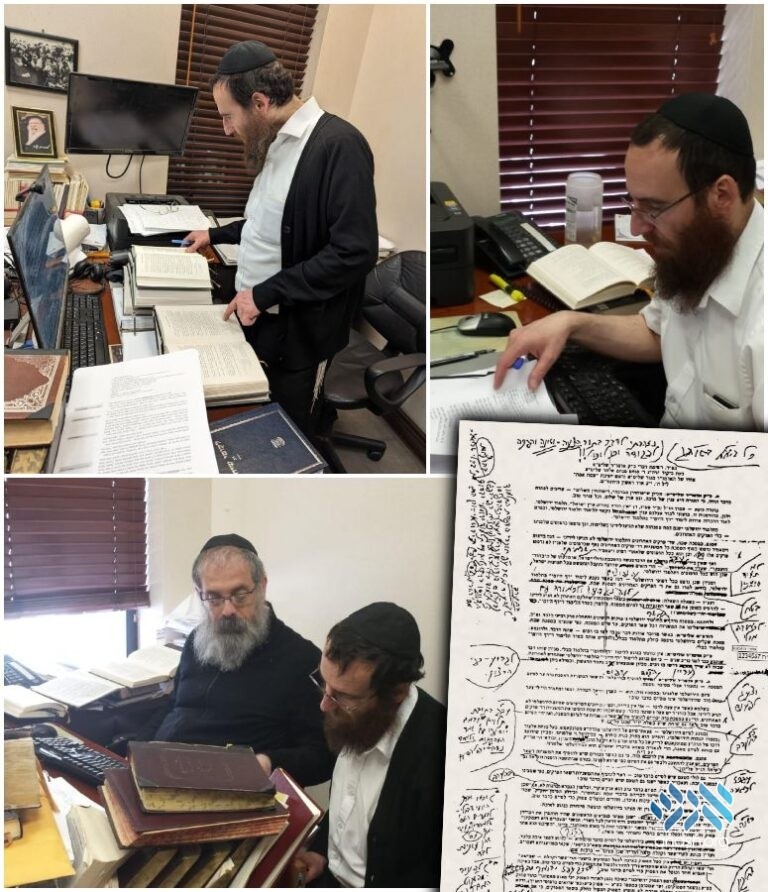
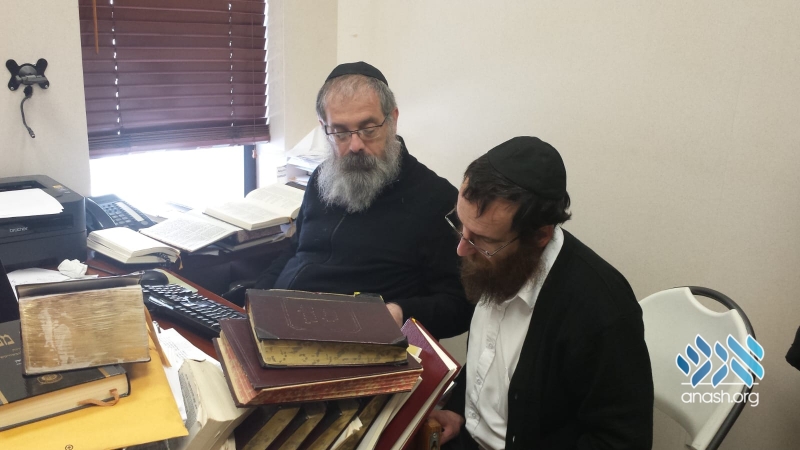
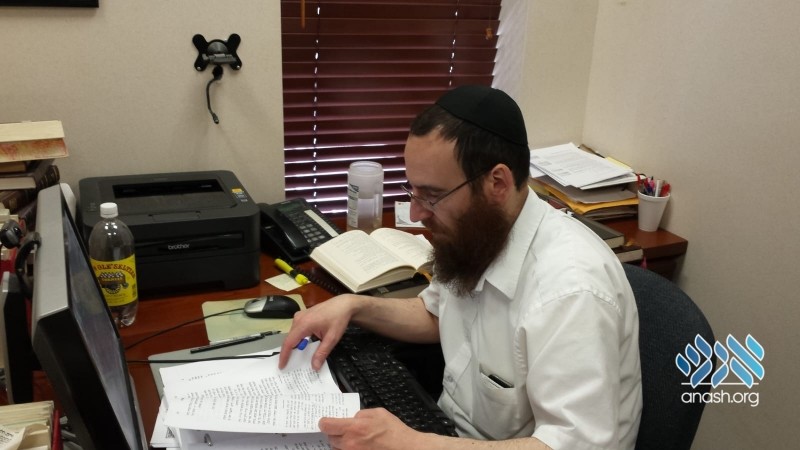
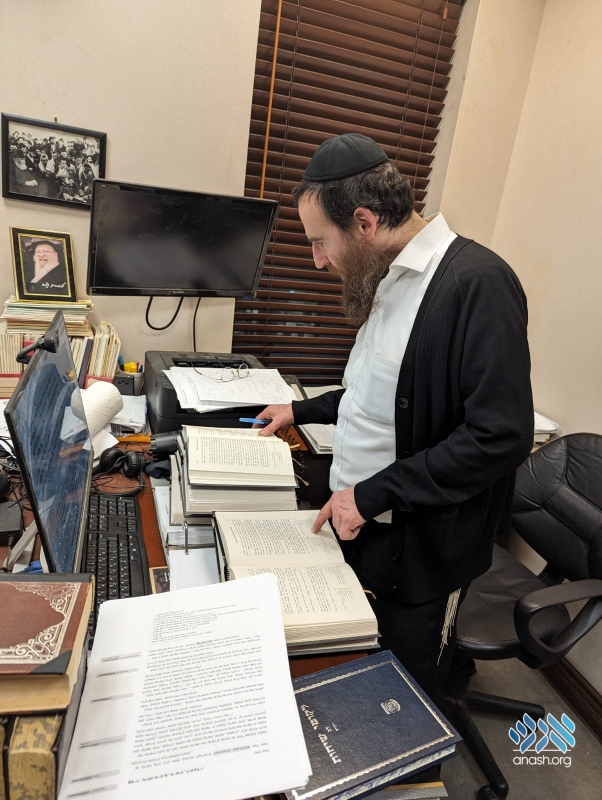
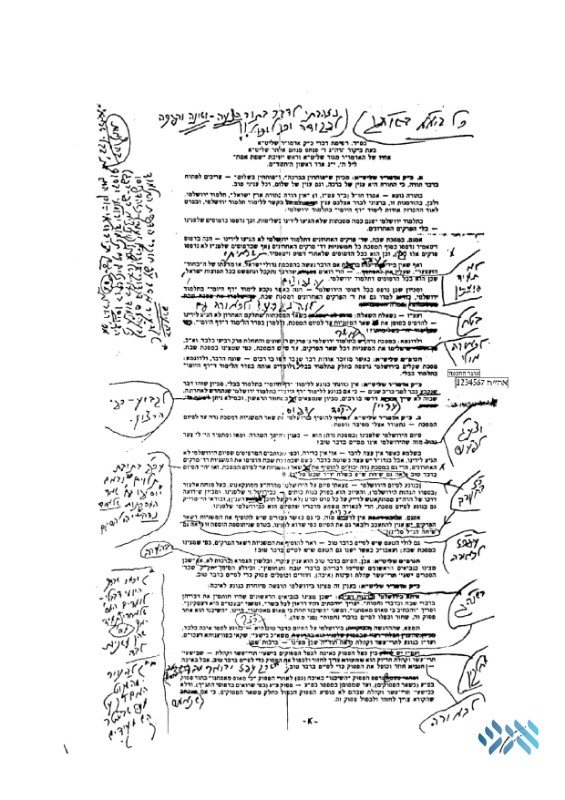
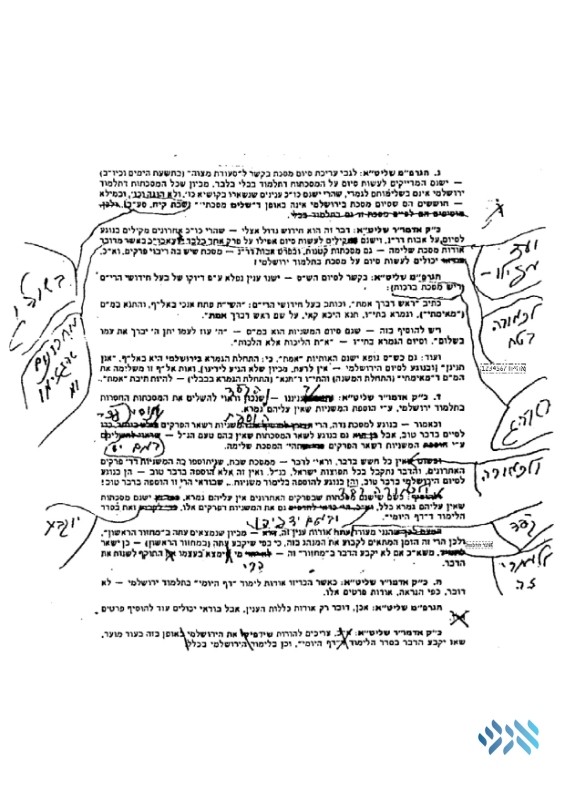
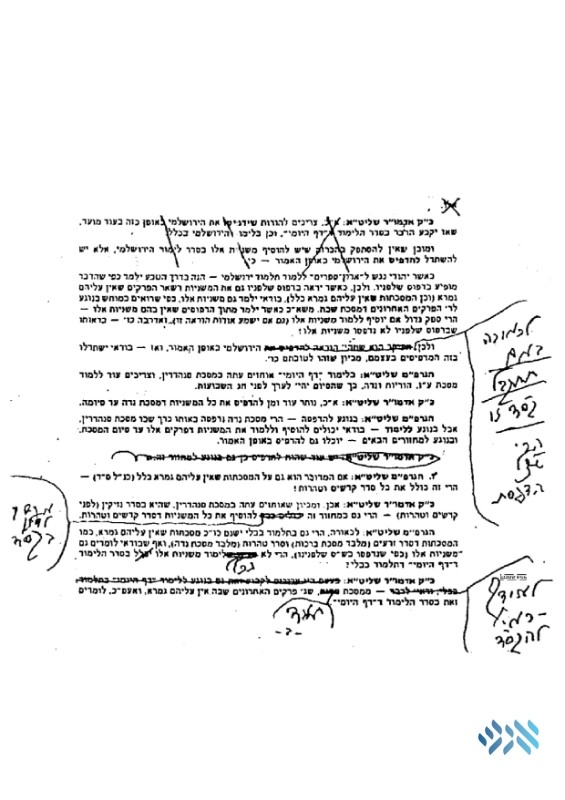
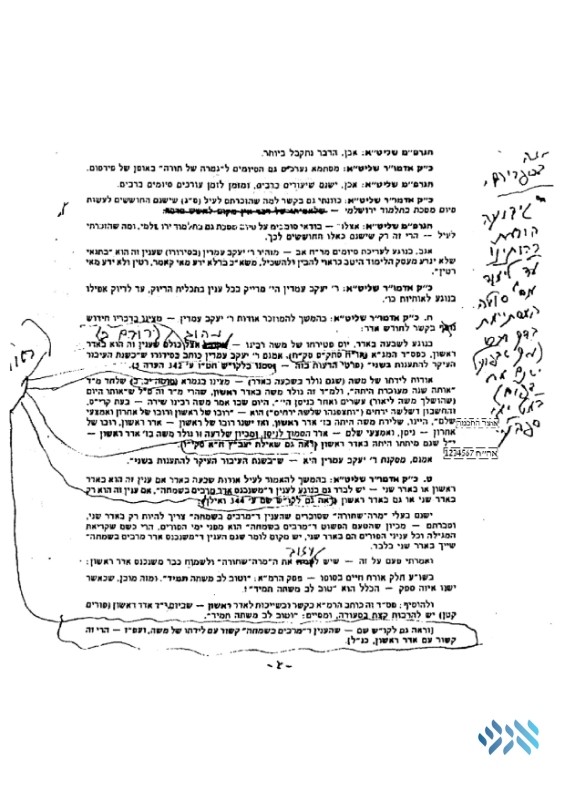
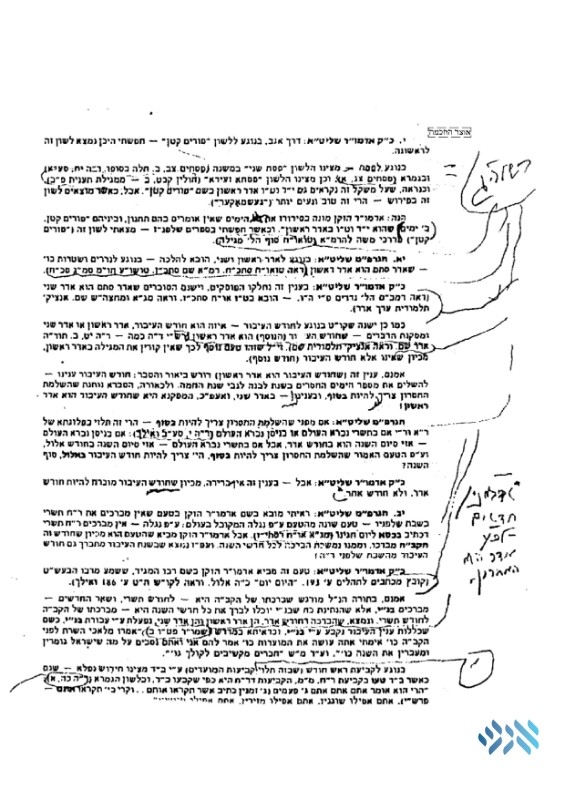
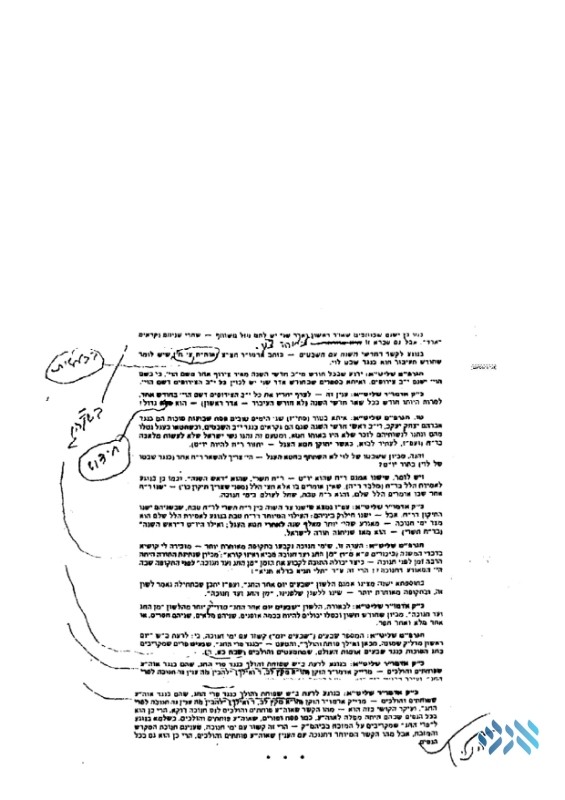

in the sicha of 17 tamos 5743 the rebbe already wrote to have the מראי מקומות on the bottom
and other הגהות on other sichus,
but i guess this was the first to lahak